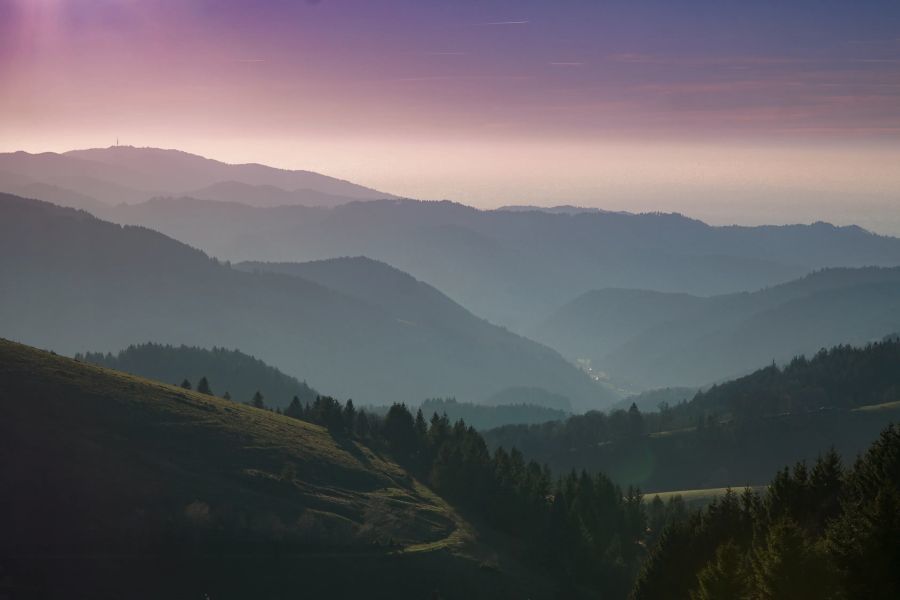The American West has, over the years, been painted with a variety of brushes sometimes showing the stark reality of the country’s expansion in romantic or picturesque style. Whether in film, literature, or art, the way we view America’s settlement of the West has been affected by a lens that idealizes the hardships of American pioneers while ignoring or glorifying the brutality and unrest of the time. Deadwood is part of this affected history.
A small town nestled in the Black Hills of South Dakota, Deadwood is often the subject of movies, television series, and books. Famous casinos line the streets and concert venues and shops let you take part in a blending of modern culture and broad strokes of the area’s glamorized past. But as the snow-capped mountains and dark, pine-covered hills surrounding the town will remind you, it was not always this way.
Violent Beginnings
Before Deadwood, the Black Hills region was home to different groups of Indigenous peoples. After seizing control of the territory from the Cheyenne in the late 1700s, the Lakota spent the next century centering their culture around the area.
With European-American encroachment, the American government attempted to make a deal designed to seclude Native American tribes to this region, promising that they would forever have access to the Black Hills and a great deal of South Dakota in the Fort Laramie Treaty of 1868.
Some settlers immediately took to squatting on the owned land, leading to conflict and even cases that would go as far as the Supreme Court disputing land ownership and treaty borders. Then, in 1874, gold was discovered.
New Gold Shapes the Future
The infamously sadistic General George Custer was part of the expedition that announced the discovery of gold that immediately drew all kinds of settlers, miners, and business-minded individuals to the Black Hills.
The gold mines of Deadwood went into operation just a year after gold was struck, fueling the town’s economy for the next hundred years. The Homestake Mine was the longest-running gold mine in the United States, opening in 1877 and closing operation (but staying open to tourists) in 2002.
Almost as soon as they were created, the Fort Laramie Treaty and the Great Sioux Reservation were dismantled for the profit of the United States government who saw this discovery as an opportunity. These sovereign people would not forget the betrayal, just one of many that still taint relations between the US Government and Native American Nations today.
The Lawless Frontier
With the gold rush, people poured in, many of them chasing gold from the previous gold rushes in Colorado and Montana. In just a couple of years, the population would increase nearly fivefold as the town of Deadwood was established.
Brothels, saloons, and opium traders found a strong vein of clients right away. The railroad soon followed, joining in on the mining craze and eventually investing in a passenger track. This rapid growth also brought with it plenty of crime, which gave Deadwood the reputation for murder and outlaws that it still capitalizes on. It is, after all, the resting place of such notorious figures as Wild Bill Hickok and Calamity Jane.
The influx of people and industry and the lack of regulation about land ownership in the Dakota Territory also created an interesting opportunity for Chinese immigrants. A Chinese quarter was established on the main street and Chinese merchants served community leadership roles.
The Future Set in Gold
Though mining is no longer the breadwinner, there is plenty in town to draw you back into the gilded history that keeps the current tourism economy in Deadwood alive. In true Deadwood fashion, the streets are lit by the glimmering lights of gold rush slot machines. The mines are closed to miners, but tourists can still pan the creeks for gold with a private guide. If you time your visit just right you can catch a Wild Bill look-alike having a cheeky confrontation with a stand-in for Jack McCall.
Even as industries change in this small South Dakota town, Deadwood attempts to re-enact its past in a literal way. If this relic of the American West can’t adapt, will there be a place for it in the future?
